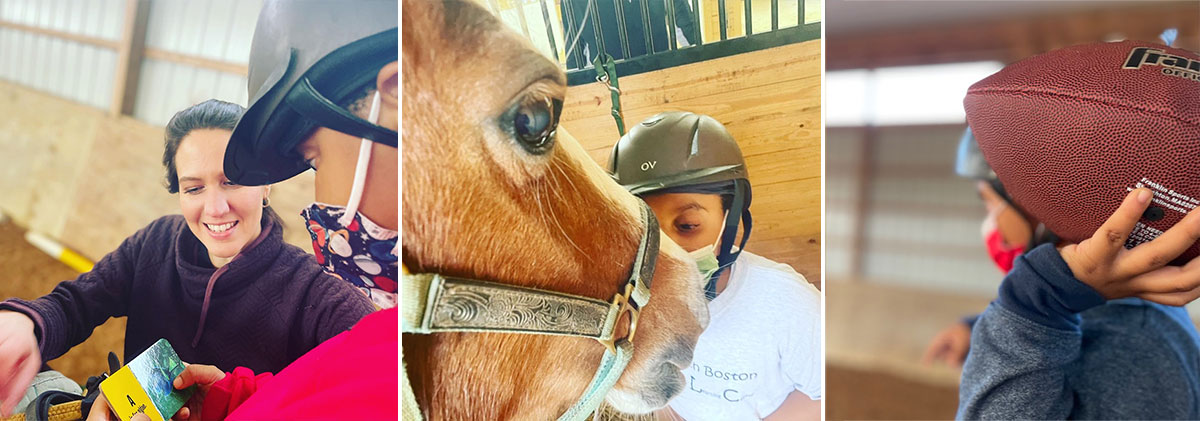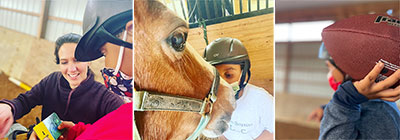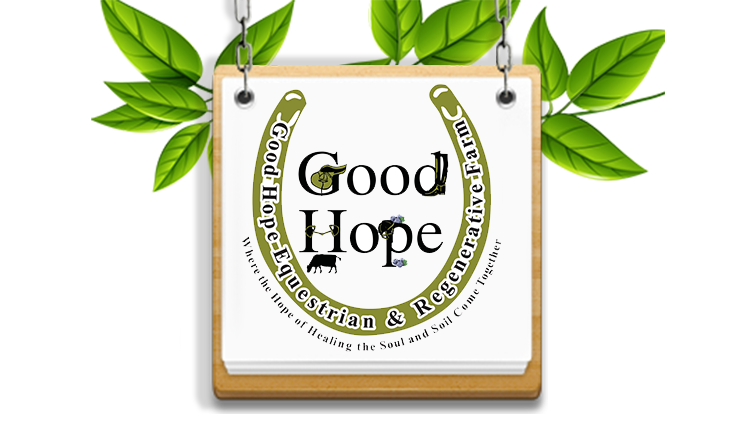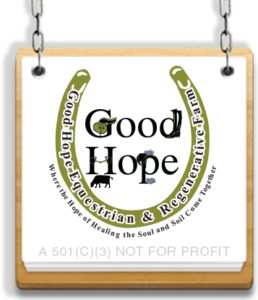EQUINE ASSISTED ACTIVITIES
MAKE POSITIVE CHANGES THROUGH EQUINE ASSISTED ACTIVITIES (EAA)
PATH International certified instructions guide students through individual and group lessons using mounted and unmounted activities. Lessons are open to able-bodied riders and persons with varying conditions, providing all with a healthy outlet to share the common love of horses while working on a variety of person-centered outcomes.


BENEFITS OF EQUINE ASSISTED ACTIVITIES
Research has proven that the rhythmic nature of the horse’s gait provides therapy, helping to strengthen a rider’s muscle tone. Other physical benefits of the proposed program include improvements in balance, posture, coordination, reflexes, fine and gross motor skills, and hand-eye coordination. The repetition of various activities allows the rider to concentrate on their position while trying new activities. During the group sessions, participants learn horsemanship (grooming, tacking, and caring for their mount), as well as hunt seat equitation. As participants interact with the horses, they develop respect and love for the animals. Because horses require a great deal of attention, riders bond quickly with them as they groom, feed, and ride, developing responsibility, patience and compassion as they care for their mount. The excitement of riding brings new experiences and an overall sense of well-being. Winston Churchill once said, “The outside of a horse is good for the inside of a man.” The staff and volunteers at Good Hope have found that adage to be true. Individuals build friendships, as well as support and encourage one another as they discover the joys of riding. Their self-esteem and confidence soar as they conquer new challenges. GHERF programs offer participants an outlet to focus on their abilities, while also expanding their skills both in and out of the saddle.
Horses are non-judgmental; they love unconditionally and provide a strong shoulder to lean on. They connect with people through positive interactions, not through prejudice and discrimination. Equine assisted activities can provide a range of benefits for many participants.
SOCIAL BENEFITS OF EQUINE ASSISTED ACTIVITIES
CONNECTION WITH PEOPLE/ANIMALS
Even though at times, riding can be a solitary activity, it can also be performed in groups. During their time at Good Hope, riders share a common love of horses and a familiar experience of riding, which is a good foundation on which to develop friendships. In addition, riders are provided positive social connections with staff and volunteers during their time on the farm. Since horses require a great deal of care and attention, riders must be emotionally present, which aids them in the development of a bond with their program horse. They develop an interest in the horse as they learn to care and interact with their equine partner, which helps the participant to develop compassion, empathy, and nurturing skills.
INCREASED SKILLS
The variety of experiences involved in horse related activities are endless. From tacking and grooming to learning all aspects of a horse’s nutritional needs, from going to horse shows to learning the anatomy and physiology of the horse, our participants’ skill sets continue to develop.
SATISFACTION
There is no doubt about it, caring and riding a horse is fun, while also challenging. The consumers experience excitement and pleasure every time they come for a lesson.
PHYSICAL BENEFITS OF Equine Assisted Activities (EAA)
IMPROVED BALANCE
As the horse moves, the rider is constantly thrown off-balance, requiring that the rider’s muscles contract and relax in an attempt to rebalance. This exercise reaches deep muscles not accessible in conventional activities and therapies. The three-dimensional movement of the horse is similar to the motion of walking, teaching rhythmical patterns to the muscles of the legs and trunk. By challenging the rider’s balance through upward and downward transitions and lateral changes, the riders are constantly using the muscles within their core to realign with the horse’s movement.
STRENGTHENED MUSCLES
Muscles are strengthened by the increased use involved in mounted EAA sessions. Even though riding is exercise, it is perceived as enjoyment, and therefore the participant has increased tolerance and enthusiasm to extend the session.
ENHANCED COORDINATION AND IMPROVED MOTOR PLANNING
Mounted sessions necessitate a great deal of coordination in order to get the desired response from the horse. Since the horse provides instant feedback to every action of the participant, it is easy to know when the rider has applied the correct use of their natural aids. The repetition of patterned movements required in connecting with a horse under saddle quickens the reflexes and aids in motor planning.
STRETCH OF TIGHT OR SPASTIC MUSCLES
Since mounted EAA sessions require stretching of the adductor muscles of the thighs, many riders believe this activity helps them to loosen their tight and spastic muscles. This is accomplished by pre-stretching prior to mounting the horse, and starting the rider off on a narrow horse, gradually working to wider and wider horses. Gravity helps to stretch the muscles in the front of the leg as the rider sits on the horse without stirrups. Because the rider is required to place their heels level or down, this helps to stretch the heel cords and calf muscles. In addition, abdomen and back muscles are stretched out as the participant is encouraged to maintain an upright posture to successfully move with their horse; and the arm and hand muscles are also stretched while holding and using the reins.
DECREASED SPASTICITY
Spasticity is reduced by the rhythmic motion of the horse. The warmth of the horse may aid in relaxation, especially of the legs. Sitting astride a horse helps to break up extensor spasms of the lower limbs. Whereas, holding the reins helps to break flexor spasm patterns of the upper limbs.
INCREASED RANGE OF MOTION OF THE JOINTS
Range of motion is also improved by the various activities performed in the EAA sessions. For example, the act of mounting and dismounting, tacking up, grooming, and exercises during lessons can assist the rider with their range of motion.
IMPROVED RESPIRATION AND CIRCULATION
Although riding is not normally considered a cardiovascular exercise, trotting and cantering do increase both respiration and circulation.
SENSORY INTEGRATION
EAA sessions arouse the tactile senses both through feel and environmental stimuli. The vestibular system is also stimulated by the movement of the horse. For example, changes in direction and speed can provide the rider input necessary to assist them with vestibular deficits. Not to mention the positive benefits provided to the participants olfactory system, as the participant responds to the many odors involved on an equestrian site. The participant’s vision is used while controlling their horse or pony. The various sounds of GHERF’s farm help to involve the participant’s auditory system. All of these senses work together and are integrated in the act of the EAA experience.
EDUCATIONAL BENEFITS
Before one can read, it is necessary to recognize and differentiate shapes, sizes, and even colors. As a part of games and activities within the riding ring, these concepts can be easily taught on horseback. Because the participant is engaged and having fun, they are able to effectively learn new concepts. Through the use of signs placed around the arena, letters and word development can be taught, and reading of individual words and sentence development can be enhanced. We utilize an array of educational props that help enhance our student’s educational advancement, while balancing astride their program horse or pony. Some of our person-centered academic focused activities include Pony Pictionary, Bullseye number game, and Supermarket Fun, as well as many other person-centered academic focused activities.
In addition to the benefits of remedial reading, EAA participants are able to learn addition. This concept is taught through educational tools used on horseback, which has been seen to decrease resistance to learning.
SEQUENCING, PATTERNING AND MOTOR PLANNING
As we all know, holding and using a pencil requires a great deal of motor planning. Understanding what comes first in a sequence of events is an important part of most activities. These and other similar skills are taught on horseback through the use of obstacle courses, working trails, and many other games and activities.
IMPROVED EYE-HAND COORDINATION
Eye-hand coordination is necessary for such skills as writing, as well as sports and leisure activities. These skills are taught while grooming and tacking the horse, as well as various activities and exercises that require eye-hand coordination. The EAA team assists the student by performing cross over throwing exercises with a football, basketball, baseball and other fun sports related equipment.
VISUAL / SPATIAL ACUITY
This benefit helps the participant’s responsiveness in form and space in their environment. They also learn directionality (i.e.: right from left); space perception, which allows us to differentiate between items close in shape but spatially different; form perception; and visual sequential memory (such as remembering symbols in a particular sequence or pattern). Because reading and math concepts involve visual spatial perception, the rider improves as a natural result of control of the horse. Additional exercises are done on the horse to increase ability in this area.
DIFFERENTIATION
The rider learns to discriminate significant from less important stimuli in the environment, such as using their soft and hard eye to focus on the line and direction they want their horse to go. An improvement in this area occurs as the EAA participant learns to attend to his horse and those things that may influence the horse as opposed to attending to the environment in general.
Psychological Benefits
Equine assisted activities can help youth, and people of all ages, work on issues such as:
- Assertiveness
- Confidence
- Developing and maintaining relationships
- Emotional awareness
- Empathy
- Impulse control
- Problem-solving skills
- Social skills
- Trust in others
- Trust in self
Some other potential benefits of equine assisted activities include increased:
- Adaptability
- Distress tolerance
- Emotional awareness
- Independence
- Impulse control
- Self-esteem
- Social awareness
- Social relationships


Special Programs
Horses Serving Heroes
This program is open to all veterans of any age. Our goal is to give back to those who have bravely served our country.
Since 2010, Good Hope has worked with veterans of all ages, branches of service, and physical abilities. Services are offered to our veterans at no charge to them, as long as funding allows.
Services offered to our veterans:
• Riding
• Horsemanship 101
• Drill team
• Western trail rides (ie: Must pass a riding exam prior to independent trail ride with guide.)
• Volunteer opportunities
With a goal of improving the quality of life of Veterans living across our great nation, Good Hope began the Horses Serving Heroes over twelve years ago. To date, GHERF has worked with the Department of Veterans Affairs Medical Center serving over 500 inpatient and outpatient veterans through this much needed project. Affirming the value of their sacrifice, Horses Serving Heroes is a community education and outreach project designed to provide access to a healthy living program for Veterans who have returned from active duty with physical or mental impairments that hinder their quality of life.
The Horses Serving Heroes facilitates equine-assisted activities proven to cause positive modifications in the behavior and health of program participants. Heroes from all branches of service are provided the opportunity to develop effective communication skills on the ground and under saddle, learning proper horse care techniques, and applying natural horsemanship principles.
Endless Strides
Endless Strides provides services that are considered critical to the recreational, physical, and rehabilitative needs of individuals with varying intellectual, physical, sensory, processing disorders, and other related conditions. The purpose of this project is to increase the recreational opportunities for children and youth with disabilities by exposing them to equine assisted activities that promote physical strength, coordination, balance, and socialization activities that promote personal growth.
Program participants consist of youth between the ages of 4 to 22 who have received a diagnosis of a developmental, physical, or sensory disability from a referring agency and/or the child’s physician.









